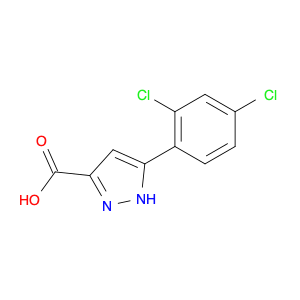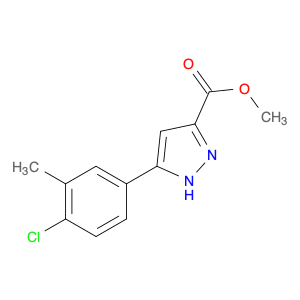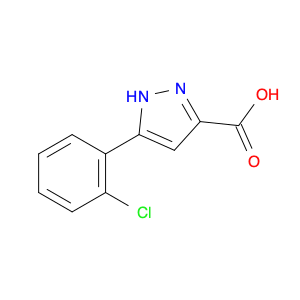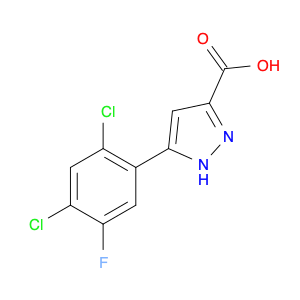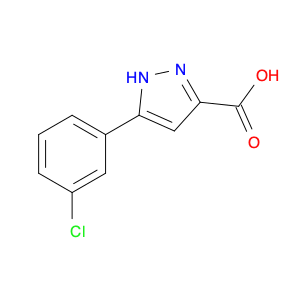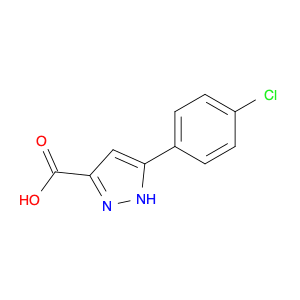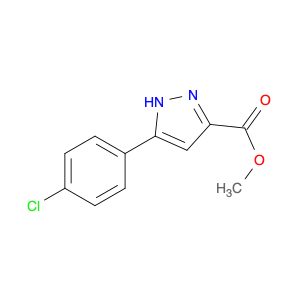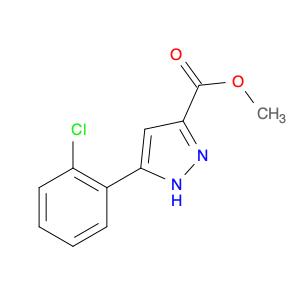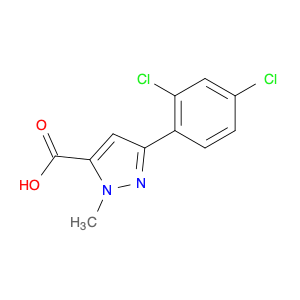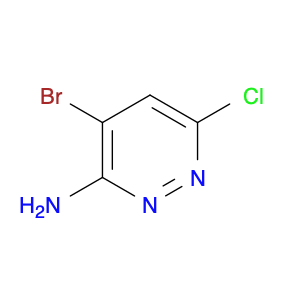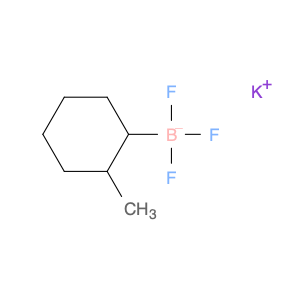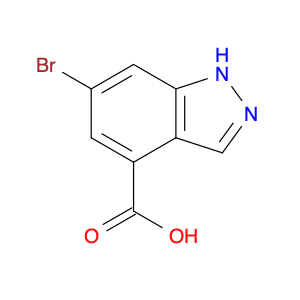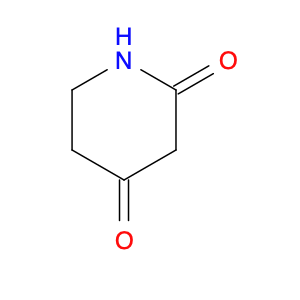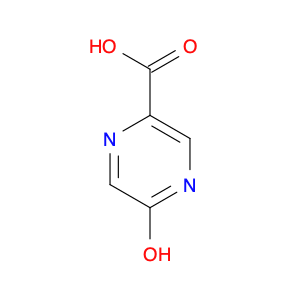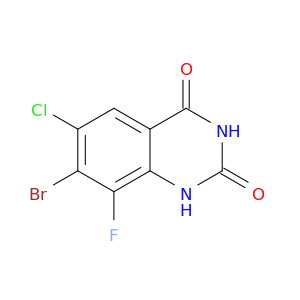The application of 5-(2,4-Dichlorophenyl)-1H-pyrazole-3-carboxylic acid in chemical synthesis is primarily focused on its utility as a key building block in the creation of various biologically active compounds. This specific compound serves as a versatile intermediate that can be further modified and functionalized to generate a wide range of potential pharmaceuticals, agrochemicals, and materials.In organic synthesis, 5-(2,4-Dichlorophenyl)-1H-pyrazole-3-carboxylic acid can be utilized as a precursor for the synthesis of diverse heterocyclic compounds through various transformations such as cyclizations, substitutions, and condensations. Its unique structural features make it an attractive starting material for the creation of novel molecules with potential therapeutic or industrial applications.Additionally, the carboxylic acid functionality in this molecule offers opportunities for further derivatization to introduce specific functional groups or enhance solubility, which can be crucial for optimizing the properties of the final product. The presence of the dichlorophenyl and pyrazole moieties further contributes to the structural diversity and potential biological activity of the synthesized compounds.Overall, the strategic incorporation of 5-(2,4-Dichlorophenyl)-1H-pyrazole-3-carboxylic acid in chemical synthesis allows for the efficient construction of molecular scaffolds with promising properties, demonstrating its significance in the development of new molecules for various scientific and industrial purposes.
 sales@aaronchem.com
sales@aaronchem.com
